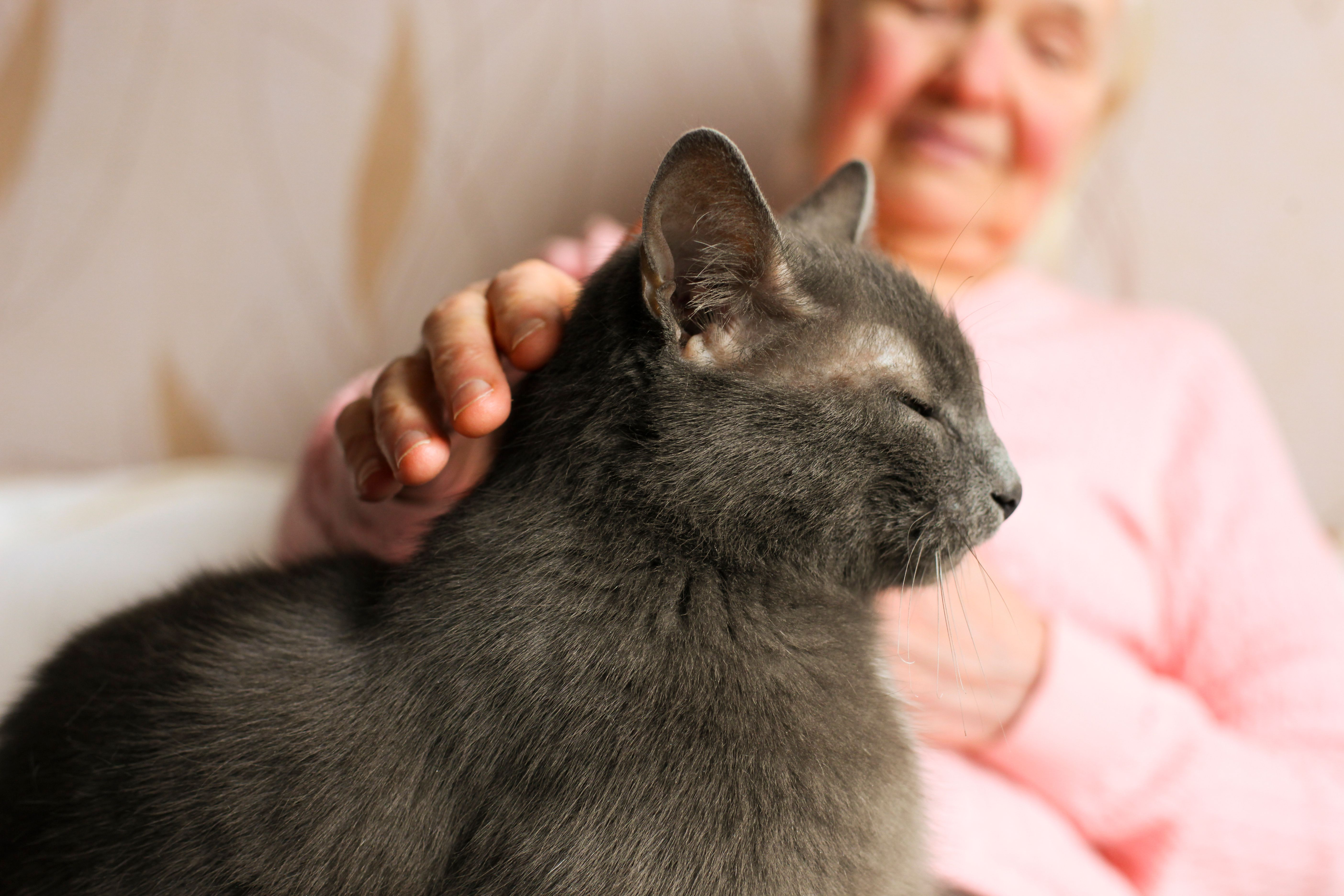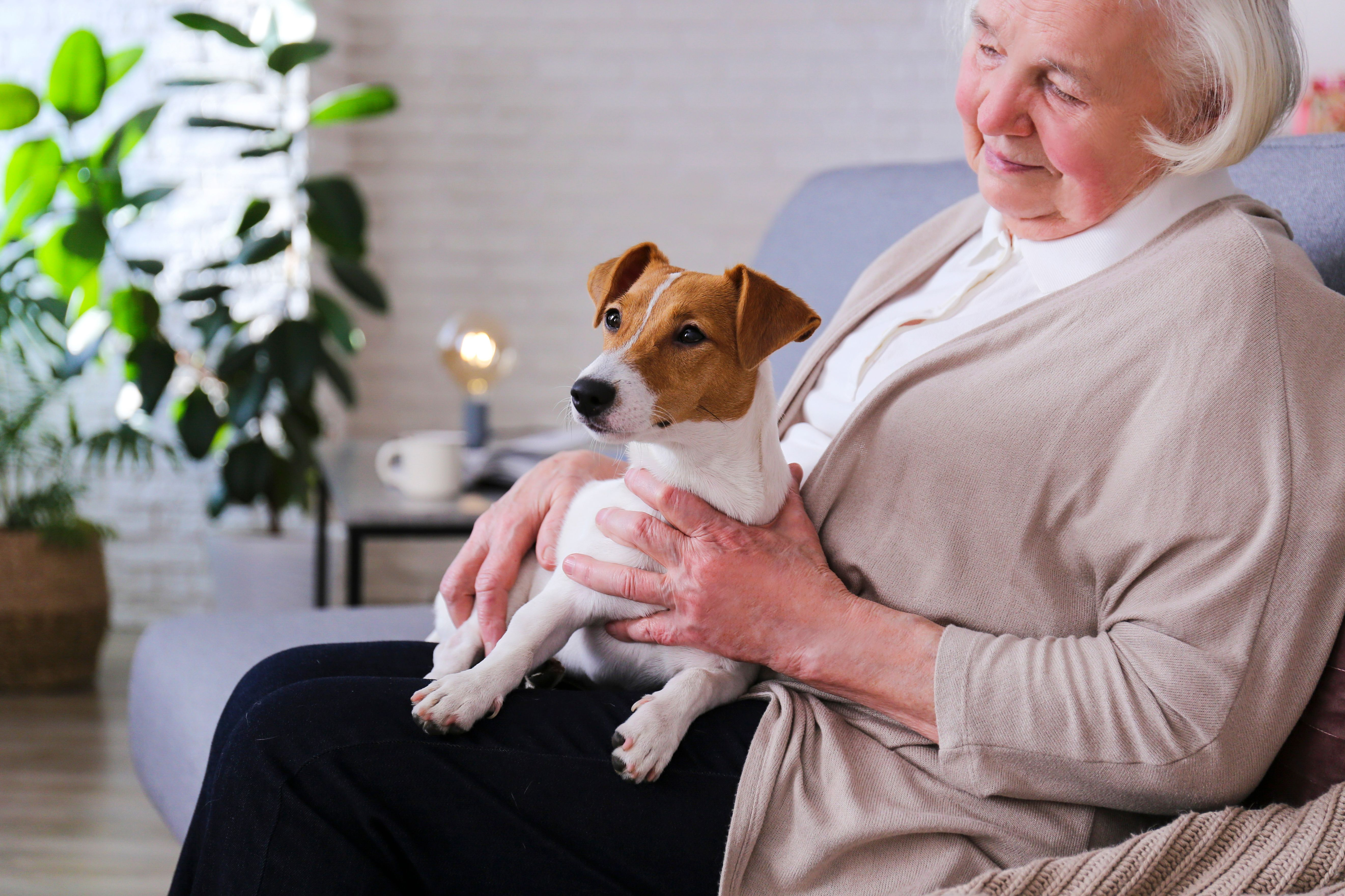Animals and Pet Therapy
Animals and pet therapy programmes help improve residents' quality of life by offsetting loneliness, helplessness and boredom.
With the integration of animals and pet therapy into aged care facilities, it is vital that appropriate infection control measures are implemented to reduce the risk of infection.
Although uncommon, animals within a facility may be associated with introducing infectious diseases (zoonosis). Examples may include psittacosis, toxoplasmosis, Q fever and leptospirosis. Identifying unusual behaviours, signs and symptoms in animals may suggest a disease may be present, and a checkup is necessary.
The facility should have a designated person who is responsible for the management of animals residing and visiting the facility and the processes for relevant animal care requirements.
Hand Hygiene
All residents and employees should always complete hand hygiene after handling or patting animals.
Resident Health
Extra consideration must be taken when introducing animal therapy to those residents who are immunocompromised or who have invasive devices present, e.g. indwelling catheter, PICC line, dialysis shunt or catheter, etc.
Consult with residents regarding any animal allergies and take precautions to reduce allergic responses
Consult with residents regarding any religious or cultural reasons for not being near animals
Consult with HCWs if residents are confused or hallucinating.
Cleaning Procedures
Use standard precautions and routine cleaning procedures for surfaces following pet therapy sessions. Animal-related cleaning tasks should be assigned to an employee not responsible for resident care.
Each aged care facility should establish schedules for regularly cleaning animal equipment or dwellings, which should include the following
Cleaning fish tanks - When cleaning fish tanks, employees must take care to avoid splashing tank water
Cleaning rodent and bird cages
Cleaning of animal bedding - When handling animal bedding, employees should take care to avoid contaminating environmental surfaces
Cleaning of cat litter boxes - Litter should be disposed of daily, and gloves must be worn when handling and cleaning litter boxes
Cleaning of any other animal pens or dwellings
NB: Pet waste must not be used as fertiliser because of the risk of disease in humans.
Restricted Areas
Animals must at all times be restricted from accessing
Food preparation areas
Dining areas
Laundry areas
Sterile and clean supply storage areas
Medication preparation areas
Resident Animals
Animals residing within the facility should be clean and well-groomed and, ideally, have received behavioural training from a person who is experienced in this field.
Resident animals must be provided with permanent and safe forms of housing and shelter, access to water around the facility, regular exercise, and access to veterinary services for standard veterinary and annual health checks.
Animal Health
Routine veterinary screening of pets residing in the facility is necessary to prevent illnesses. Any ill or newly acquired pet must be checked by a vet as soon as possible.
Vaccinations
Animals residing within the facility should be fully vaccinated, and records of animal vaccinations must be maintained. Ensure animals' vaccinations are kept up to date.
Worms
Animals should be healthy and have tested negative for enteric parasites or have completed recent worming. Dogs and cats must be dewormed regularly.
Fleas
Monthly flea control is recommended. In the event of flea infestation, effective flea control products must be used to treat affected animals.
Visiting Animals
Visiting animals should be controlled by persons trained in providing activities or therapies safely. The supervisor should know the animal's health status and behaviour traits.
Animal Health
Vaccination certificates should be available for all visiting animals. All visiting animals must be checked for parasites and general health before each visit.
Animal Hygiene
Animals must be cleaned and groomed 24 hours before each visit to the aged care facility to minimise the shedding of animal dander or fur.
Biting and Scratching Prevention
Bite and scratch-transmitted diseases can be avoided by understanding the psychology of companion animals. Residents, employees, and visitors must be made aware to avoid provoking animal behaviours.
Provocative behaviours may include
Interference with feeding
Threatening behaviours
Intrusions into 'home’ territory
Engaging in rough play
Spaying may calm animals down and reduce the risk of biting or scratching.
If A Bite or Scratch Occurs
Take prompt action when an incident of biting or scratching by an animal occurs.
Promptly clean and treat scratches, bites or other breaks in the skin
Report the incident promptly to the appropriate authorities (e.g. IP Lead, animal programme coordinator)
Animals that bite should be permanently removed from therapy programmes.